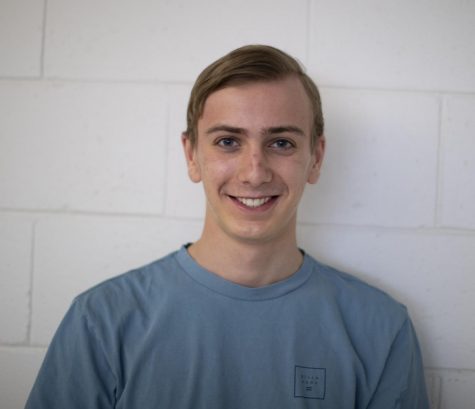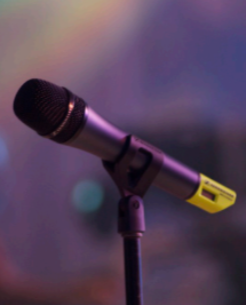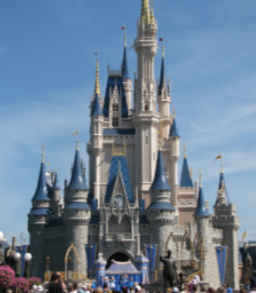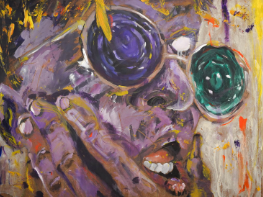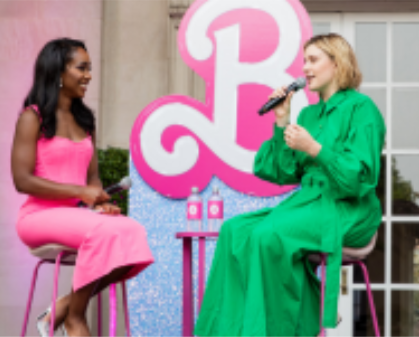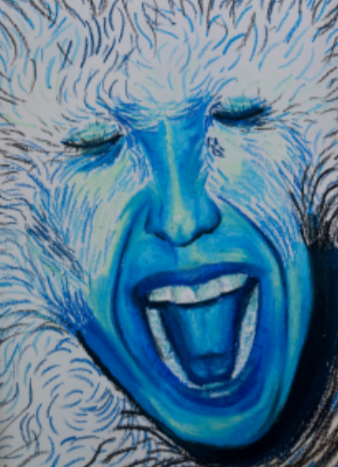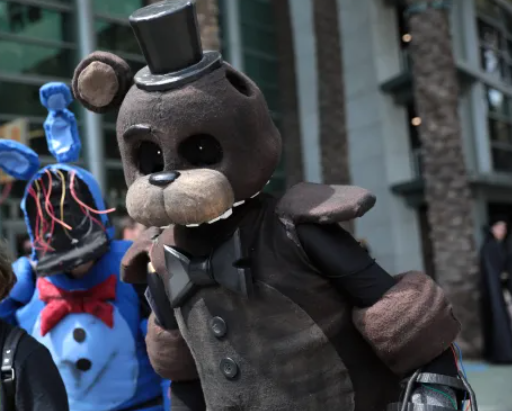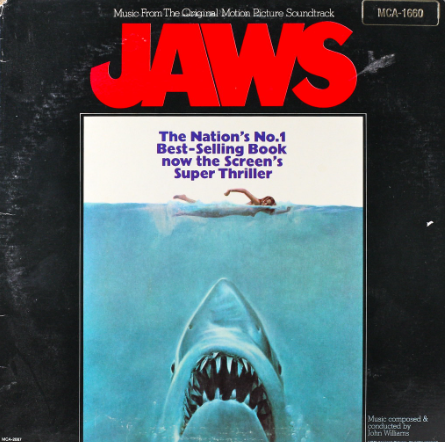Paintings created by artificial intelligence gain popularity, but pose questions on artistic value

The portrait of Edmond de Belamy sold for $432,500 in a Christie’s auction, becoming the first artificial intelligence (AI) made artwork to be featured in a high profile art auction.
September 13, 2019
At a Christie’s auction last October, a mathematical equation sold for $432,500, 45 times higher than its estimated value. The reason? The equation was the algorithm behind The Portrait of Edmond de Belamy, the first painting made by artificial intelligence (AI) to be featured at a high profile auction.
Almost a year after its original sale, the world of AI art has only continued to grow and flourish. The creators of the portrait, a group of three French artists known as Obvious, have produced more portraits to expand the fictional Belamy family. Their method, known as Generative Adversarial Network (GAN), is surprisingly simple: one side of the program, the Generator, is fed a massive amount of material, in this case, portraits painted between the 14th and 20th centuries. The Generator analyzes these portraits and produces a new image based on what it learns. The other side of the program, the Discriminator, inspects the differences between the Generator’s portrait and a man-made one.
“The aim is to fool the Discriminator into thinking that the new images are real-life portraits,” Hugo Caselles-Dupré, a member of Obvious said. “Then we have a result.”
After the success of GAN, others have created similar systems. Ahmed Elgammal, the director of the Art and Artificial Intelligence lab at Rutgers University, developed the Creative Adversarial Network (CAN). This operates in the same fashion as GAN but is designed to produce more original and inventive artworks. As such, Elgammal has noticed a majority of CAN’s artwork tends to be abstract.
“I think it is because the algorithm has grasped that art progresses in a certain trajectory,” Elgammal said. “If it wants to make something novel, then it cannot go back and produce figurative works as existed before the 20th century. It has to move forward. The network has learned that it finds more solutions when it tends toward abstraction: that is where there is the space for novelty.”
Despite the complete lack of a ‘human touch’, AI art has produced artworks with as much artistic value as man-made art. In a study by Elgammal, he gave people a mixture of man-made and AI art without telling them what made what. He asked the test subjects if they liked it, found it inspirational, and if they thought it was created by a computer or a person. The results showed that people equally liked AI and man- made art.
“We measured the difference in responses towards the human art and the machine art, and found that there is very little difference,” Elgammal said. “Actually, some people are more inspired by the art that is done by machine.”
Because of all the developments made, this is far from the end of artificial intelligence art. Christie’s plans to hold an annual technology conference, with AI as the center of attention. And with more progress, AI may expand into other arts, such as music or performing arts.
“AI is just one of several technologies that will have an impact on the art market of the future — although it is far too early to predict what those changes might be,” Christie’s specialist Richard Lloyd said. “It will be exciting to see how this revolution plays out.”



